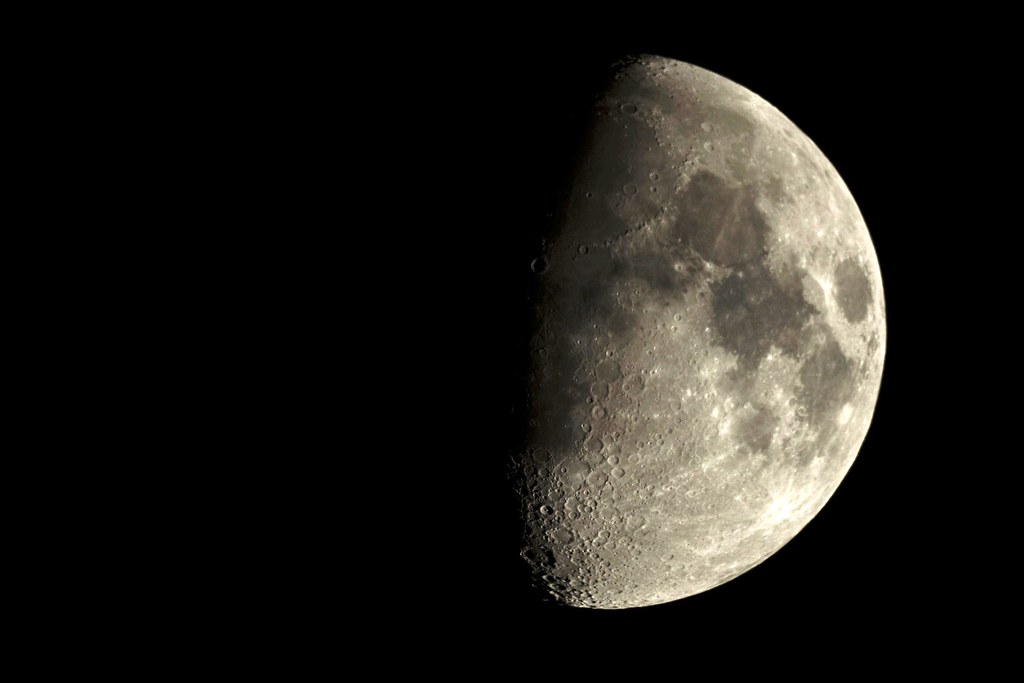The enigmatic relationship between Earth’s moon and the planet’s dynamic surface has long captivated scientists. Now, a groundbreaking hypothesis posits that the Moon’s formation, resulting from a colossal collision between Earth and a Mars-sized celestial body named Theia, may have played a pivotal role in initiating the phenomenon known as plate tectonics. If validated, this revelation could not only shed light on our planet’s ancient history but also pave the way for the discovery of Earthlike worlds in distant solar systems.
The concept was recently presented by Qian Yuan, an esteemed researcher at Caltech in Pasadena, California, during the Lunar and Planetary Science Conference on March 13. Yuan’s research delves into the intricate movements of Earth’s inner layers and their influence on the planet’s surface. His team’s compelling study offers a captivating explanation for the origin of both Earth’s moon and its ever-shifting tectonic plates. However, cautious voices within the scientific community advise against conclusive claims, emphasizing the need for further investigation.
Among the multitude of worlds discovered thus far, Earth stands alone as the sole known realm to exhibit the phenomenon of plate tectonics. Over billions of years, the relentless interplay between Earth’s tectonic plates has caused a mesmerizing dance of spreading, colliding, and subducting beneath one another. These awe-inspiring movements have been responsible for the birth and division of continents, the formation of majestic mountain ranges, and the widening of vast oceans. Yet, these dynamic processes have also obscured much of the planet’s early history, leaving scientists with lingering questions about the genesis of plate tectonics.
To address this age-old puzzle, Yuan and his team turned their attention to two massive regions in Earth’s lower mantle, resembling continent-sized blobs of material. While some experts proposed that these enigmatic regions were remnants of ancient tectonic plates that had plunged deep into the Earth, Yuan and his team daringly postulated an alternative possibility: these enigmatic masses might, in fact, be the dense and sunken remains of Theia.
To test this audacious hypothesis, the team embarked on the construction of sophisticated computer models simulating the aftermath of Theia’s monumental impact and the eventual submersion of its remnants within Earth. According to the simulations, once Theia’s remains settled at the depths of the mantle, the lingering hot blobs of material might have instigated the ascent of immense plumes of warm rock. As these rising plumes interacted with Earth’s rigid outer layer, they would have fused with it, progressively inflating and ultimately exerting immense pressure on the surface.
This extraordinary process, known as subduction, is a defining characteristic of plate tectonics. As segments of Earth’s surface slid beneath the plumes of warm rock, plate tectonics would have sprung into motion. Remarkably, the computer models suggested that plate tectonics, in this scenario, would have commenced approximately 200 million years after the Moon’s formation.
Laurent Montési, a prominent planetary scientist at the University of Maryland in College Park, acknowledged the significance of the team’s findings. He lauded the notion that the massive blobs in Earth’s lower mantle could indeed have triggered the initiation of subduction. Nevertheless, he urged prudence, stating that the origin of these mysterious regions remained largely unknown. Thus, attributing their existence solely to Theia demands further investigation and careful consideration.
If substantiated, this ground-shaking revelation could prove instrumental in identifying distant planets with Earthlike characteristics. Yuan posited that the presence of a large moon might indicate the existence of a massive impactor, which, in turn, could signify the occurrence of plate tectonics. Although astronomers have yet to confirm the presence of a moon around a planet in another solar system, the prospect of discovering a tectonically active world beyond our own holds tantalizing promise.
As the scientific community continues its quest for answers, Earth’s intricate dance with its celestial companion continues to inspire awe and wonder. The potential connection between the Moon’s formation and the birth of plate tectonics opens new doors to understanding the cosmos and the diverse worlds that might dwell within it. As we gaze skyward, our search for celestial kindred spirits gains newfound momentum, eager to explore the mysteries of the universe and uncover the cosmic wonders that lie beyond our solar system.


